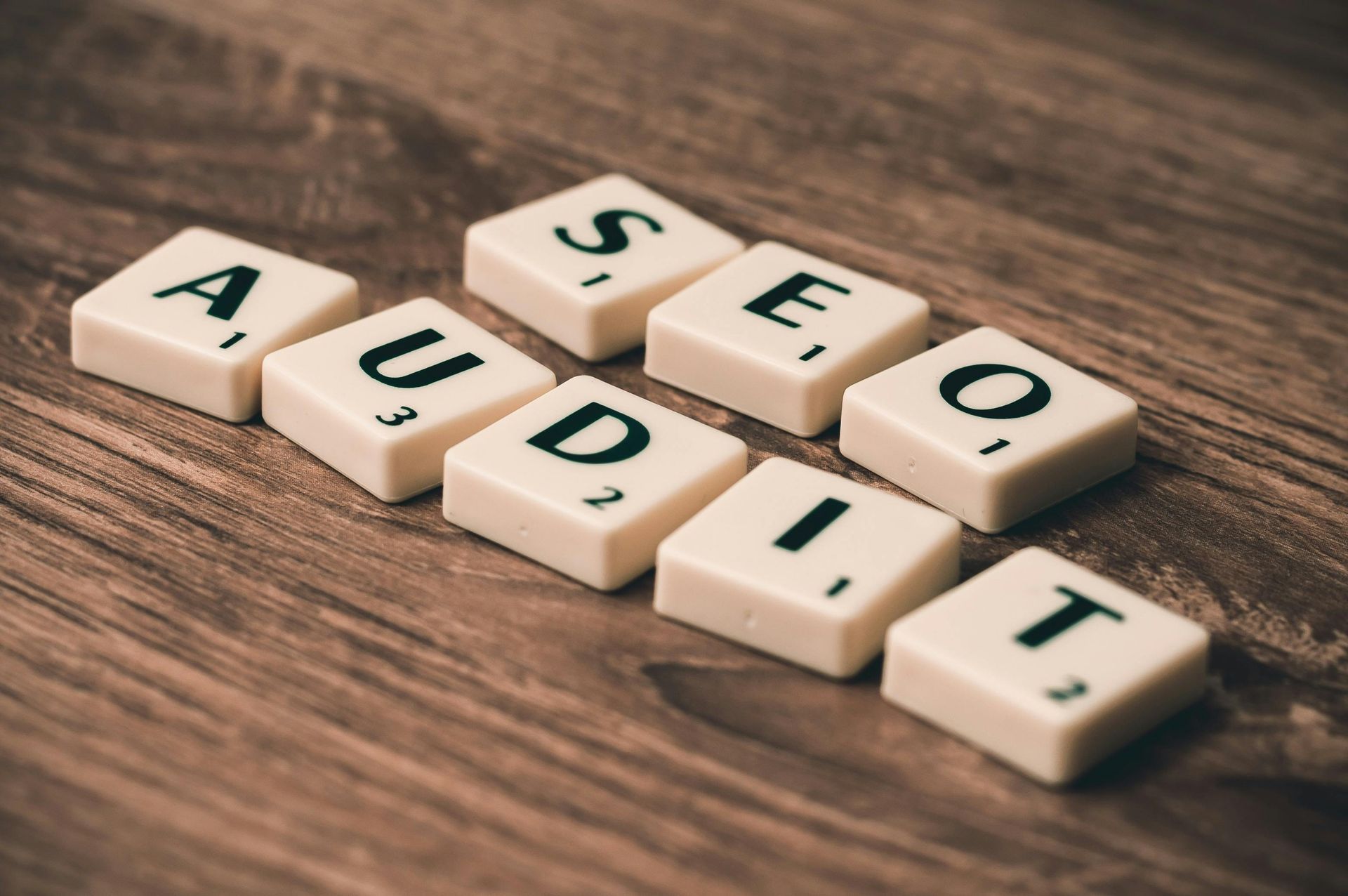Why you need LinkedIn paid ads for your business
Heading 1
LinkedIn might not be the first platform you think about for advertising your business. But if you’re looking for business-to-business (B2B) sales, you shouldn’t ignore LinkedIn’s paid ads.
Most online advertising is geared towards business-to-consumer (B2C) businesses. In B2C, you can rely on mass advertising and big audiences. But B2B is all about being more focused on finding the right people.
LinkedIn has an audience of 850 million professionals. They are potential customers for your B2B business. (For comparison, there are just over 3 billion Facebook users, but the demographic of Facebook is much more mixed, and its advertising is far more relevant than to a B2C audience.)
While your own (or your company’s) LinkedIn profile might be active, your posts will only reach your direct connections. If direct connections comment on or share your post, it might then reach second- or third-degree connections. But it’s not going to reach even a fraction of the audience you want to target. Using paid ads on LinkedIn will take your reach way beyond your organic following.
B2B buying has a much longer lead time than B2C. According to LinkedIn, the average B2B sales cycle is six to nine months. Advertising in the B2B sector is about building long-term relationships. And LinkedIn helps you to do that.
LinkedIn says it helps businesses to ‘Target the professionals you care about’ and ‘Reach a qualified audience with sophisticated B2B targeting’.
According to its own data:
- 180 million senior-level influencers are on LinkedIn
- Four out of five LinkedIn members drive business decisions
- LinkedIn audiences are six times more likely to convert
- LinkedIn’s audience has double the buying power of the average web audience
- 40% of B2B marketers see LinkedIn as the most effective channel for driving high quality leads
LinkedIn has a ready-made audience of professionals, a variety of ad types and the right data to help you target your advertising to reach the right audience.
LinkedIn’s audience data is what it calls ‘deep zero-party data’. In other words, the data has been provided by LinkedIn members themselves – so it is trustworthy, accurate and frequently updated. This means your ads can be targeted at a very specific audience.
Creating LinkedIn ads
To create ads on LinkedIn, you need a LinkedIn company page – not just your own personal profile.
To ensure you reach the right audience, LinkedIn paid ads give you a choice of:
- Target audience
- Advertising campaign objectives
- Advertising formats
Combining these together increases conversion rates because your advertising is very focused.
For all LinkedIn ads, you need to specify where in the world you want them to be seen. This can be as wide as the whole country or as specific as a particular town or city.
You can further refine your target audience with the demographics you want to reach, including education, work experience, seniority, company size and interests.
LinkedIn also allows you to target your advertising at specific industries though audience selection. The category ‘Company industry’ means you can focus on members who work in a particular sector. (The one small downside of this is, where a company operates in several sectors, only the primary industry sector listed on its LinkedIn profile will be recognised.)
LinkedIn offers three different advertising objectives, to help businesses build their advertising around specific goals.
They are:
- Awareness – get your brand name known
- Consideration – if your brand is already familiar to your audience, this will help with website visits, engagement, visits to other social media etc.
- Conversion – the audience is already familiar with your brand and ready to make a decision to buy
LinkedIn has 11 different ad formats to help businesses meet their objectives.
These are:
- Single image ads – look similar to regular content, but are marked as ‘promoted’. Good for brand awareness, website visits, engagement and job applications
- Carousel ads – swipeable row of images to tell your brand’s story or showcase products. Use three to five images (cards) to start with and test by adding more at a later date. Good for brand awareness, website visits and lead generation
- Conversation ads – like a flowchart, with the audience able to choose their own path. These can have multiple calls to action (CTAs). Good for brand awareness, website visits, engagement and lead generation
- Document ads – allow you to share PDFs, presentations, reports, white papers and more. Good for brand awareness, website visits, website conversions and lead generation
- Video ads – can be used to showcase your brand and products in a variety of ways. The most effective videos are 30 seconds or less. Good for brand awareness and video views (eg YouTube content)
- Event ads – increase an event’s reach and highlight important details (you must first create a LinkedIn event on your page before making an event ad). Good for brand awareness, website and landing page visits and event sign-ups
- Follower ads – these are dynamic ads personalised to your audience. They promote your LinkedIn page to encourage them to hit the follower button. Good for brand awareness, engagement and website visits
- Lead generation forms - available for message ads and sponsored content. They help you discover more qualified leads eg by connecting a lead gen form to your CTA. Good for lead generation
- Spotlight ads – highlight your products, services, content and more. These use personalisation to connect with audiences. Clicking a spotlight ad will take a visitor straight to your landing page or website. Good for brand awareness, website visits, lead generation and job applicants
- Single job ads – job ads promoted directly in your audience’s news feed. These ads have a 25% increase in click to apply rate and 52% decrease in cost per applicant.
- Thought leader ads – are used to promote content from a thought leader within an organisation – whether that is the founder, CEO or a team member. You can’t add headlines, explanatory text or CTAs to thought leader ads. Good for engagement and brand awareness
Whatever ad format you choose, you should craft your ad copy around a clear call to action. Your audience is busy. They want to know what to do next when they see your ad, so make it easy for them! Effective CTAs include ‘Sign up now!’, ‘Start now’ or ‘Tell me more’.
The important thing is to make sure your CTA matches the objective you originally selected for your ad (ie awareness, consideration or conversion).
Once you have selected your target audience, your ad objective and your ad format, you need to work on creating your budget and schedule. The cost to advertise with LinkedIn will vary. LinkedIn’s Campaign Manager will provide a budget range based on other competing bids for your ideal audience. This allows you to place competitive bids for your ads to win placement in the best possible positions to reach your target audience.
Campaign Manager is also where you will see how your ads are performing and converting. The initial two to four weeks of an ad campaign are generally where you find out what works and what doesn’t, so you can make changes for future ads.
If you are running a B2B company and want to reach an engaged audience of business professionals, you need to be using paid ads on LinkedIn. They are a cost-effective way to promote everything from webinars and job ads through to product and service launches.
Research by HubSpot shows that LinkedIn ads have a 6.1% conversion rate, compared to 2.58% for Google search ads. By using LinkedIn’s paid ads, you have the potential for real business success.
More Posts.






